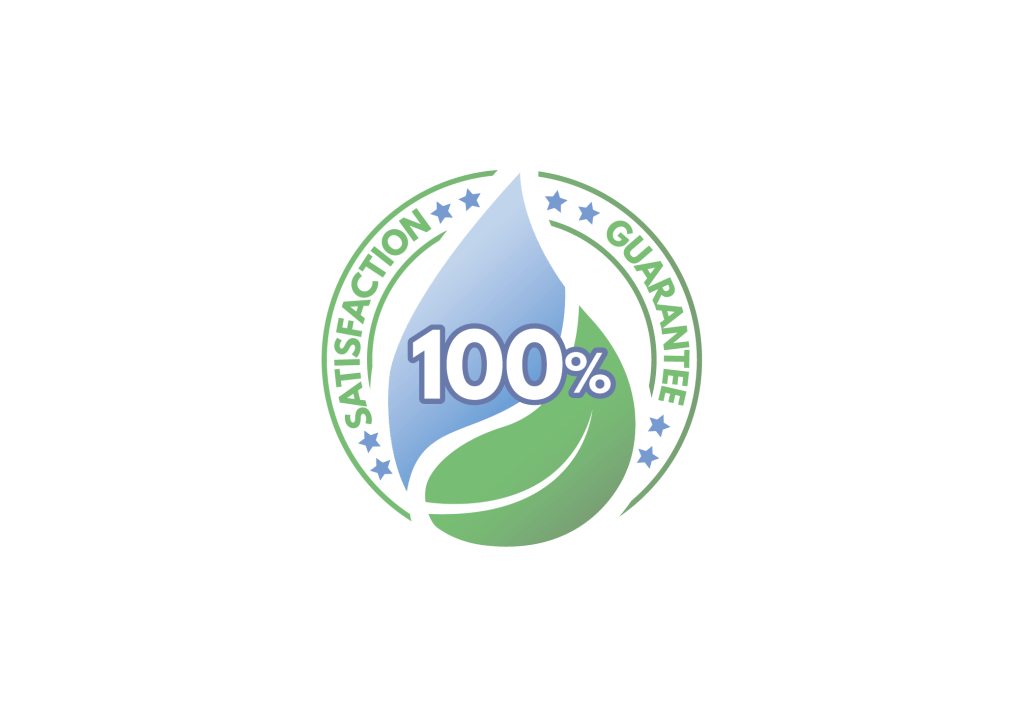7 Best Reasons To Have a Regular Gutter Cleaning
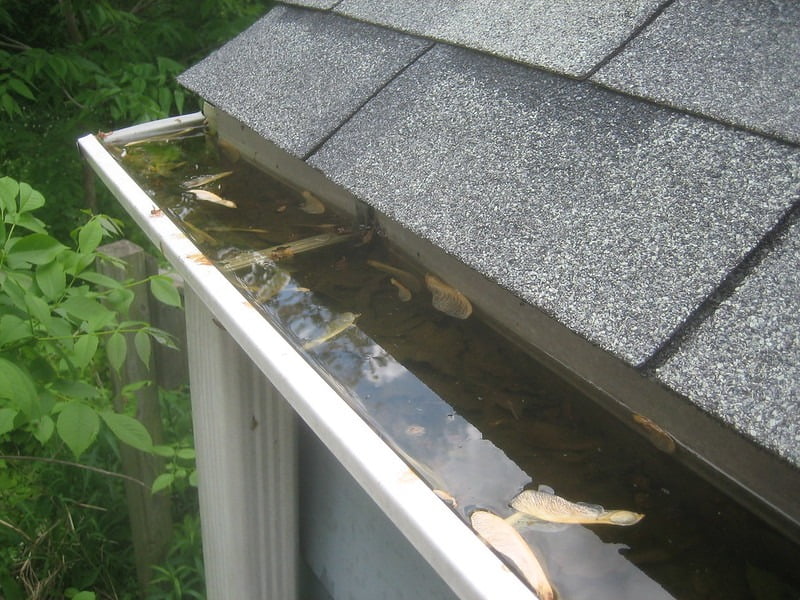
If you’re here looking for reasons to have a regular gutter cleaning, you already know it’s something that needs attention. What you might not realize is just how much damage can happen if you skip this simple task. From costly repairs to basement floods, let us break down 7 best reasons to have a regular […]
5 Really Good Reasons To Have a Fall Cleanup
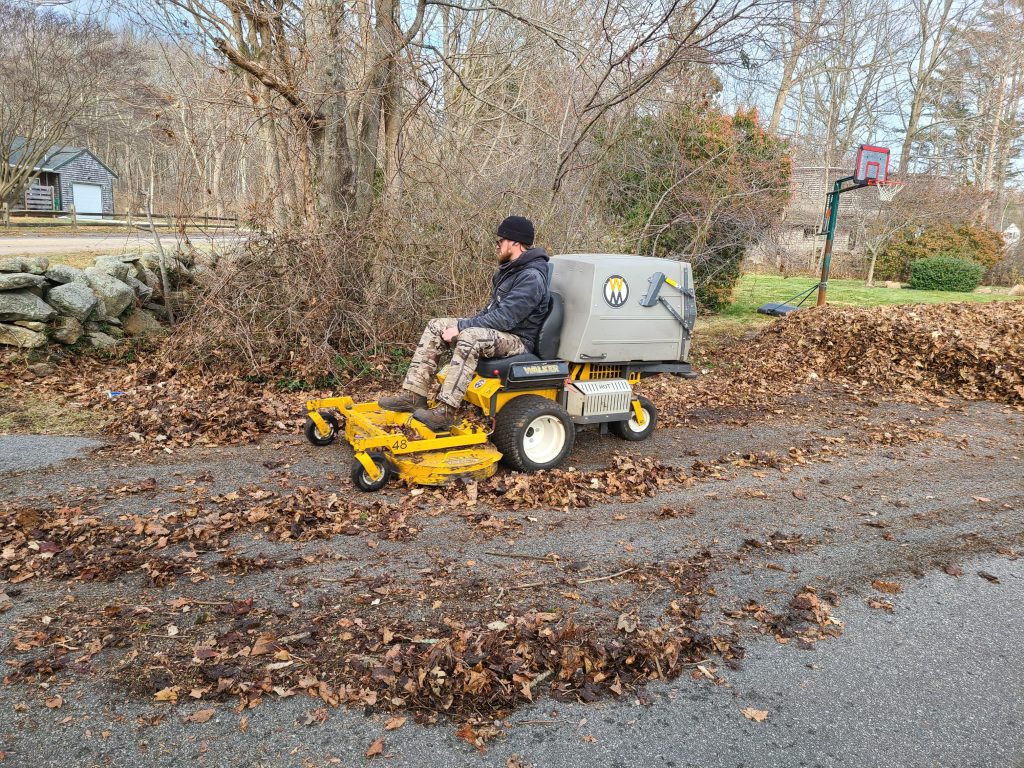
Your lawn desperately needs a fall cleanup, and here’s why. Leaving leaves and debris behind might seem harmless, but it can damage your grass and invite unwanted pests. Plus, no one wants a yard that looks messy when it could be fresh and clean with a little care. Fall cleanup is your best defense against […]
Understanding Soil Compaction and Its Impact on Your Lawn
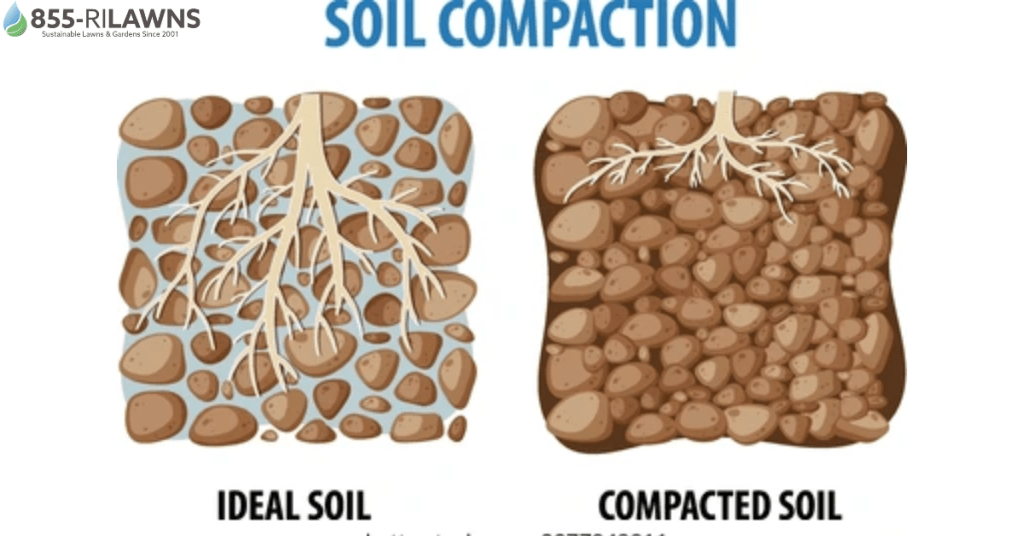
Ever wondered why your lawn doesn’t look as lush as it should? Soil compaction could be the culprit. It’s a common issue that many homeowners face, and understanding it is key to having a healthy, green lawn. So, let’s break down soil compaction and its impact on your lawn. What is Soil Compaction? Soil compaction […]
How to Care for Your Lawn After Aeration and Overseeding
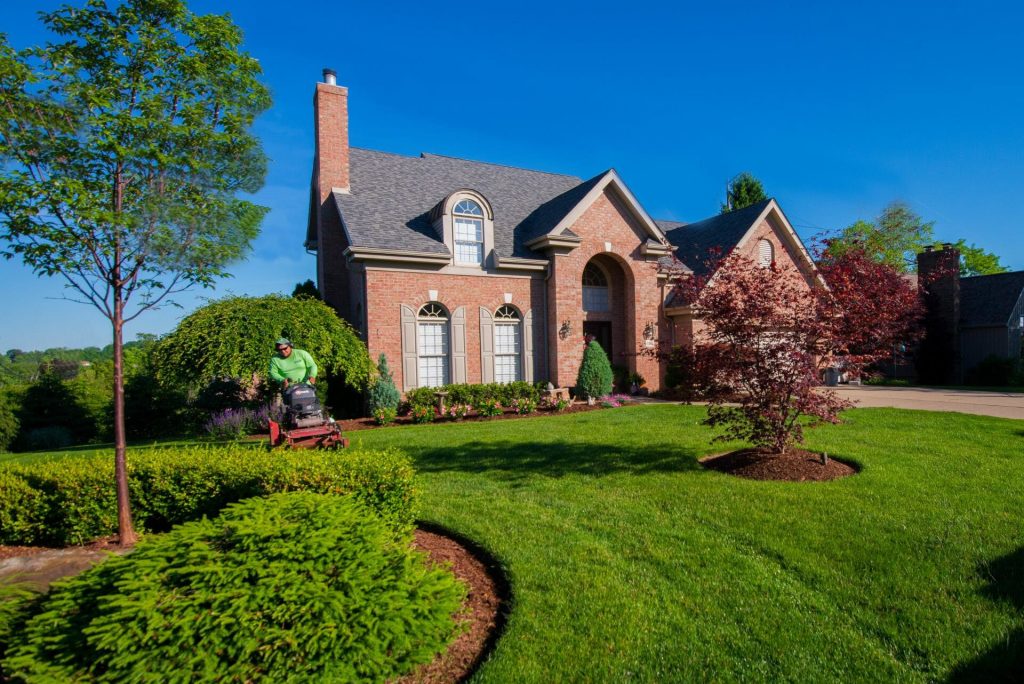
You’ve already done the hard part by punching holes in the ground and scattering fresh seeds. Now, let’s focus on what to do next to give those seeds the best chance to grow strong. Here’s a simple guide on how to care for your lawn after aeration and overseeding, breaking it down step-by-step. 1. Water […]
DIY vs. Professional Fall/Leaf Cleanup: Which Is Better?
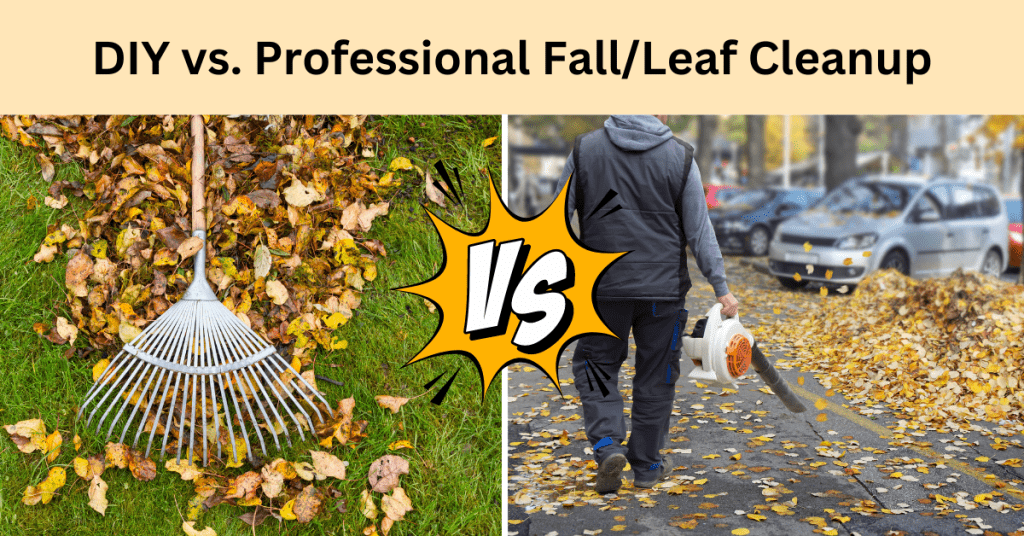
People often ask us, “DIY vs. professional fall/leaf cleanup—what’s better?” Sure, DIY might save some cash, but it’s exhausting and eats up your time. A professional service, on the other hand, spares you the backache and gives you more free time, but it comes at a price. So, which one’s right for you? We’ll break […]

